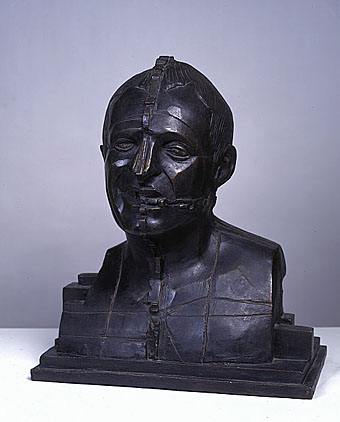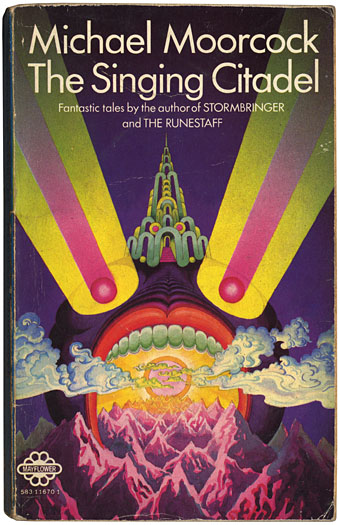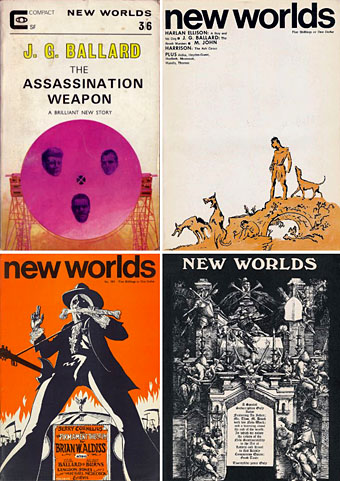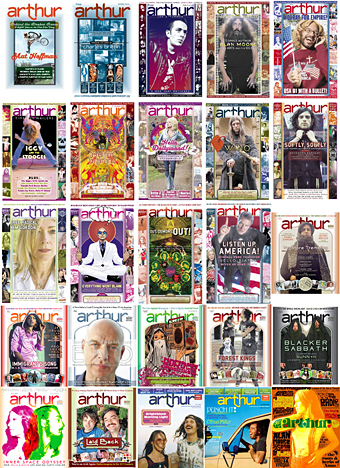
That which you will miss: Arthur #1–25.
“And till Arthur comes againus and sen peatrick’s he’s reformed we’ll pose him together a piece, a pace.” Finnegans Wake by James Joyce.
Awake, A Wake!
Come celebrate the happy, all-too-brief life of Arthur Magazine with free giveaways and a reading featuring Molly Frances, Oliver Hall, and Peter Relic.
Thursday, March 1, 7:30pm
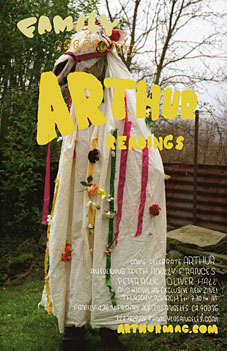 Family Bookstore, 436 N. Fairfax Avenue (across the street from Canter’s Deli), Los Angeles, 90036.
Family Bookstore, 436 N. Fairfax Avenue (across the street from Canter’s Deli), Los Angeles, 90036.
Arthur‘s “New Herbalist” columnist Molly Frances incited a revolution nationwide by informing readers of the true powers of almonds, sprigs of mint, and Lord Byron’s secret potion (a.k.a. apple cider vinegar). Molly’s eerily prescient horoscopes have been known to strike the melodic funny-bone of even the most determined non-believer. Tonight Molly will be giving astrological readings as well tripling any double entendre at hand.
Oliver Hall penned Arthur‘s cover story on Kim Gordon and memorably profiled folk radicals Faun Fables. He is the statuesque guitarist with L.A.’s newest psych-rock sensation E.S.P.S., and is seldom seen without his trusty Patsy Cline t-shirt. Tonight Hall will be dispensing priceless aphorisms as well as deconstructing the pungent, multi-faceted phrase “no money, no honey.”
Peter Relic eulogized Jam Master Jay and went on the road with the Black Keys and Sleater-Kinney for Arthur. Relic’s profile of the Geto Boys, reprinted in Da Capo’s Best American Music Writing 2006, was deemed by Seattle’s The Stranger to be “easily one of the most surreal, violent, and ludicrous artists encounters ever documented.” Tonight Relic will be reading from his storehouse of pantoums, an unjustly obscure Malaysian poetic form.
We look forward to seeing you there—dressing in black not a requirement!
Update: Village Voice post-mortem.



